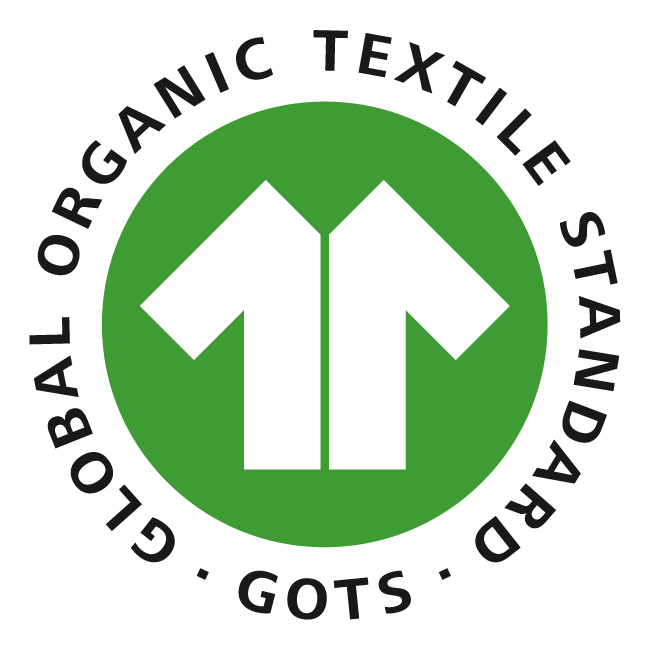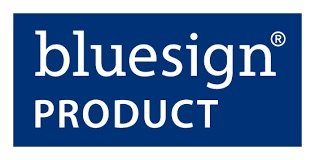How is Fashion brand’s Sustainability measured?
Looking from the outside, fashion brands' sustainability might seem straightforward. Consumer-facing labels proclaiming “more sustainable,” “sustainable,” or “eco-friendly” can create the impression that sustainability is merely about product materials and manufacturing practices. However, true sustainability is a multifaceted concept that extends far beyond the fabrics used.
Real sustainability encompasses a variety of frameworks and criteria that evaluate the environmental, social, and economic impacts of a brand. This includes considerations such as carbon emissions, water usage, labor practices, and supply chain transparency. Certifications and third-party assessments also play a crucial role in validating a brand's sustainability claims.
Ultimately, sustainability must be integrated into the core of a brand's identity. It’s reflected in every facet of its operations, starting with the initial concept and continuing through to the final consumer interaction. To understand how a brand measures up in terms of sustainability, it’s essential to examine several key areas:
Material Sourcing: The origins of materials—whether they are organic, recycled, or sourced sustainably—greatly affect a brand's sustainability profile.
Production Processes: Sustainable brands often utilize ethical manufacturing practices and prioritize minimizing waste and energy consumption.
Supply Chain Transparency: Brands that are open about their supply chain and sourcing practices demonstrate accountability and a commitment to ethical practices.
Social Responsibility: This includes fair labor practices, community engagement, and ensuring the well-being of workers throughout the supply chain.
Consumer Engagement: Educating consumers about sustainability and involving them in the process can enhance a brand's community impact and encourage responsible consumption.
Long-term Commitments: Brands committed to sustainability often set measurable goals and publicly report on their progress toward achieving these targets.
By assessing these areas, consumers can better understand the depth of a brand's commitment to sustainability, rather than relying solely on surface-level marketing claims.Environmental Impact
Environmental Impact
Carbon Footprint: Measuring the carbon footprint of a fashion brand involves calculating the total greenhouse gases (GHGs) emitted during the entire lifecycle of clothing items, from raw material extraction to manufacturing, transportation, and disposal. Brands often use standardised tools like the Greenhouse Gas Protocol to measure their emissions accurately. To mitigate their carbon footprint, many brands set ambitious targets to reduce emissions, aiming for net-zero emissions by a specific year. They achieve these targets through various strategies, including adopting energy-efficient technologies, utilising renewable energy sources, and purchasing carbon offsets to compensate for unavoidable emissions.
*The Carbon Footprint is the highest during these processes: Raw Material Production; Fabric Production and Dyeing; Garment Manufacturing; Transportation and Distribution; Consumer use and End-of-Life Disposal
Water Usage: The water footprint of a fashion brand encompasses the volume of water consumed throughout the supply chain, particularly in water-intensive processes such as cotton cultivation and textile dyeing. Brands committed to sustainability implement water conservation practices, such as closed-loop systems that recycle water used in production. Additionally, they prioritise using materials and production methods that require less water, thereby reducing their overall water footprint and minimising their impact on local water resources.
Material Sourcing: Sustainable material sourcing involves assessing the environmental impact of raw materials and prioritising those with lower ecological footprints. Brands strive to use sustainable alternatives like organic cotton, recycled polyester, Tencel, and hemp. Ensuring traceability in the supply chain is crucial to verify that materials are sourced responsibly. Some brands leverage blockchain technology to provide transparency and traceability, enabling consumers to track the journey of materials from origin to final product.
Waste Management: Effective waste management practices focus on reducing waste generated during production and promoting responsible end-of-life disposal. Brands optimise production patterns to minimise fabric waste and explore recycling and upcycling opportunities for textile scraps. Additionally, they implement take-back schemes and design products for disassembly, making it easier to recycle or repurpose materials at the end of the product's lifecycle, thereby contributing to a circular economy.
Social Impact
Labor Practices: Ensuring fair labor practices is a fundamental aspect of sustainability for fashion brands. This involves guaranteeing that all workers in the supply chain receive fair wages that meet or exceed local living wage standards. Brands monitor and improve working conditions in factories by adhering to health and safety standards, regulating working hours, and eradicating forced or child labor. They often partner with independent organisations to conduct regular audits and ensure compliance with ethical labor practices.
Community Engagement: Fashion brands with strong social impact initiatives invest in local communities through education, healthcare, and economic development programs. They support initiatives that empower women, promote fair trade practices, and provide opportunities for skill development and economic growth. By engaging with local communities, brands can create positive social change and foster sustainable development at the grassroots level.
Transparency: Transparency is key to building consumer trust and ensuring accountability in the fashion industry. Brands committed to transparency disclose detailed information about their supply chains, labor practices, and sustainability initiatives through sustainability reports and online platforms. They undergo third-party audits to verify compliance with social and environmental standards, providing consumers with credible and verifiable information about their practices.
Economic Impact
Circular Economy: Adopting circular economy principles involves creating business models that promote recycling, reusing, and reducing waste. Brands design products for longevity, incorporating features that enhance durability, reparability, and recyclability. They also explore innovative business models such as rental, resale, and repair services, which extend the lifecycle of products and reduce the need for new resource extraction.
Sustainable Business Practices: Sustainable business practices ensure that brands maintain long-term financial health while fulfilling their environmental and social responsibilities. This involves integrating sustainability into the core business strategy, setting measurable goals, and engaging stakeholders—including customers, suppliers, and investors—in promoting sustainable practices. By embedding sustainability into their operations, brands can drive innovation, improve efficiency, and create value for all stakeholders.
Certifications and Standarts
Fair Trade certification ensures that producers receive fair wages and work under safe conditions, promoting economic sustainability and social equity. It also encourages environmentally sustainable practices, such as reducing pesticide use and conserving water resources.
Global Organic Textile Standard (GOTS): GOTS certification covers the processing, manufacturing, packaging, labeling, trading, and distribution of textiles made from certified organic fibers. It sets strict environmental and social criteria, ensuring that certified textiles are produced in an environmentally and socially responsible manner.
Bluesign®: The Bluesign® standard focuses on sustainable textile production by eliminating harmful substances and ensuring responsible resource use. It covers the entire supply chain, from raw material production to finished product, and aims to minimize the environmental impact of textile manufacturing.
Third-Party Assessments and Rankings
Sustainable Apparel Coalition’s Higg Index: The Higg Index is a suite of tools used to measure environmental and social sustainability across the apparel and footwear supply chain. It provides brands with a comprehensive assessment of their sustainability performance, identifying areas for improvement and enabling benchmarking against industry standards.
Fashion Transparency Index: Published annually by Fashion Revolution, the Fashion Transparency Index ranks fashion brands based on their level of transparency regarding social and environmental policies, practices, and impacts. It encourages brands to disclose more information and adopt more transparent practices, ultimately driving accountability and improvement in the industry.
Lifecycle Analysis (LCA)
Comprehensive Assessment: Lifecycle Analysis (LCA) evaluates the environmental impacts of a product throughout its entire lifecycle, from raw material extraction to production, use, and disposal. This comprehensive assessment helps brands identify areas where they can reduce their environmental footprint, such as by selecting more sustainable materials, optimizing production processes, and promoting recycling and reuse at the end of the product's life. By implementing LCA, brands can make data-driven decisions that enhance their sustainability performance and contribute to a more sustainable fashion industry.
To assess a brand's sustainability, it is essential to examine environmental, economic, and social dimensions. Established companies, often built over decades, face significant challenges in fully integrating sustainable practices. Achieving this goal requires a collective effort and incremental changes made by dedicated teams. By demonstrating a commitment to sustainability, these brands not only enhance their operations but also encourage others in the industry to recognize the importance of this transformative journey. The process may be gradual, but each step taken is crucial for fostering a more sustainable future for all.







